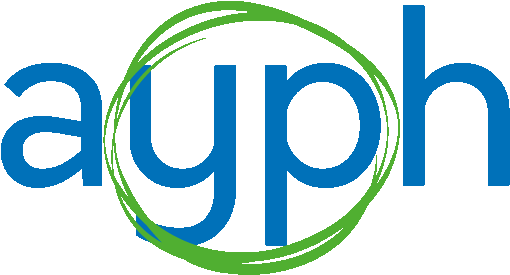NHS England have released a new version of their ‘Core20PLUS5’ approach for reducing health inequalities. But this time, it is focused on children and young people. In this blog post, AYPH’s Rachael McKeown reflects on the progress made so far, what more can be done and the resources available to support local areas taking action.
It has been exactly one year since the NHS launched ‘Core20PLUS5’, their approach for reducing health inequalities. The framework is about helping Integrated Care Systems to take action to improve health inequalities.
When the original framework was launched, AYPH joined a number of other children and young people’s stakeholder organisations to highlight how the approach and clinical topics were not relevant or applicable for meeting the needs of young people. We know that it is vital to tackle inequalities within childhood and adolescence in order to prevent disparities later in life, and this was one of our key messages. It seemed as though the NHS had missed an opportunity. Since then, the NHS has listened and it is great to see the launch of this ‘Core20PLUS5’ model that is specific to children and young people.
But what does it mean?
- CORE20 refers to the 20% of the population who are most deprived
The AYPH youth health data hub provides over 40 charts that demonstrate the links between deprivation and health outcomes, exemplifying the importance of the 20% most deprived groups.
- PLUS refers to groups of people more likely to experience inequalities (e.g. inclusion health groups).
Our health inequalities policy programme is conducting a deep dive into how care leavers and young people from ethnic minority backgrounds experience health inequalities.
- 5 refers to five clinical areas where the NHS can take action. In the CYP version these are Asthma, Diabetes, Epilepsy, Oral Health and Mental Health.
Young people continuously emphasise the importance of mental health. We have also worked closely with young people with asthma to improve their experiences of healthcare, and are currently planning similar work on diabetes and epilepsy.
We have worked closely with the CYP Transformation team to support the development of the CYP version, by commenting on earlier versions and supporting young people who are members of the NHS Children and Young People’s Transformation Board to share their opinions. We are pleased to see a national framework for reducing health inequalities that specifically considers the needs of children and young people. Too often this age group is not a focus of policy and intervention. Local NHS Integrated Care Systems will now have a model to help target their efforts in reducing young people’s health inequalities.
Notably, the model considers healthcare inequalities specifically, rather than health inequalities generally. It adopts a medical and clinical approach, including outcomes that are within the traditional responsibility of healthcare organisations to monitor and improve on. The model does not capture broader preventative actions within society that we know have a huge impact on young people’s health, such as access to clean air, warm homes and green spaces. The five conditions reflect clinical commitments already laid out for children and young people in the NHS Long Term Plan. Obesity is not listed as a clinical area, despite the fact that young people aged 10-11 living in the most deprived areas of England are twice as likely to be obese compared to the young people living in the least deprived areas. The NHS can play a wider role in combating these health inequalities through greater collaboration with local partners, such as Local Authorities and schools. There is clearly more work to be done in this broader space and we hope that the framework will inspire local systems to think about the impact that is possible on these wider issues.
Through our health inequalities policy programme we are working with NHS Integrated Care Systems to think about what actions can be taken locally to reduce young people’s health inequalities, this includes expanding our training offer. The CYP ‘Core20PLUS5’ model complements our work and will provide an important spotlight to help make the case for a focus on 10-25 year olds in work on health inequalities. If you are interested in any aspect of our work, please get in touch.

